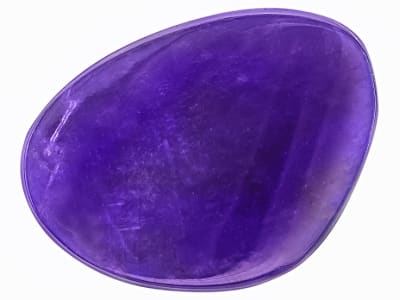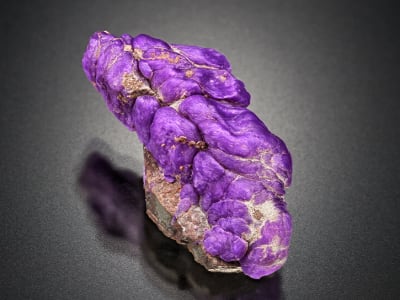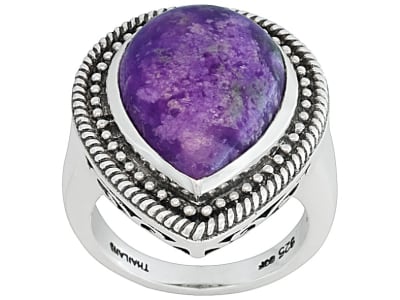Sugilite belongs to a class of minerals known as silicates and is a member of the milarite group. A relatively recent addition to the realm of gemstones, sugilite was discovered in 1944 by a Japanese geologist, Ken-ichi Sugi. The mineral is named in his honor. The original find was a yellowish brown variety that was of no interest to the jewelry industry. It was not until 1979 that the first massive aggregates, exhibiting a rich purple color, were discovered in a South African manganese mine. This material was attractive and gained the attention of the gemstone industry. It is predominantly found in the form of cabochons of various shapes and sizes, but has also been used as a component in intarsia jewelry. It is sometimes carved into decorative objects and fashioned into beads.
General Information
Tolerance:(+0.001/-0.002)
LWUV: Inert
Sugilite Colors
-
 Purple
Purple -
 Purple
Purple
Alternate Names
Royal Azel, Royal Lavulite; Cybelene; Royal Lazelle
Countries of Origin
South Africa
Care
Normal Care
More About Sugilite
Normal care for untreated stones. Avoid solvents, steam and ultrasonic cleaners for treated stones.


